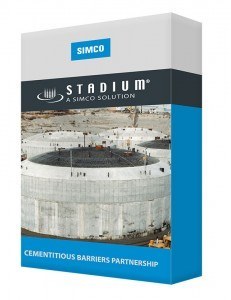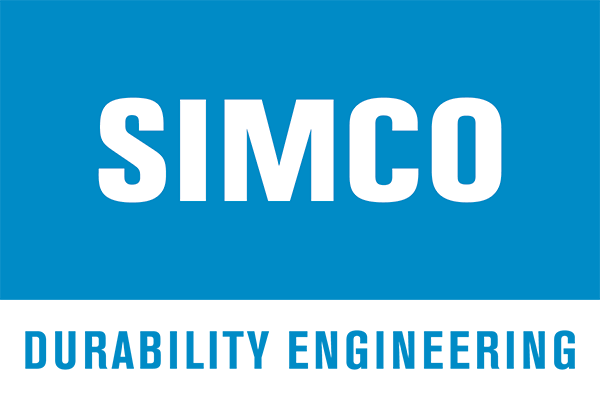Our solutions
- STADIUM® Mix Design
- STADIUM® New Construction
- STADIUM® Maintenance & Repair
- STADIUM® Infrastructure Asset Management
- STADIUM® Bridge Deck Tool
- STADIUM® UFGS
- STADIUM® Lab
- STADIUM® ECO
Featured projects
- Cementitious Barriers Partnership (CBP)
- ASCET Program
Development of Computational Tools to Improve the Understanding & Prediction of Cementitious Barrier Performance
The objective of the ASCET program is to perform a worldwide review of research work in the field of concrete degradation mechanisms.
STADIUM® CBP
DEVELOPMENT OF COMPUTATIONAL TOOLS TO IMPROVE THE UNDERSTANDING & PREDICTION OF CEMENTITIOUS BARRIER PERFORMANCE
 A multidisciplinary partnership between the U.S. Department of Energy (DOE), Savannah River Nuclear Solutions, academia, private sector organizations, and international experts has been formed to develop a credible set of tools to predict the structural, hydraulic and chemical performance of cement barriers used in nuclear applications over extended time frames (e.g., >100 years for operating facilities and > 1000 years for waste management).
A multidisciplinary partnership between the U.S. Department of Energy (DOE), Savannah River Nuclear Solutions, academia, private sector organizations, and international experts has been formed to develop a credible set of tools to predict the structural, hydraulic and chemical performance of cement barriers used in nuclear applications over extended time frames (e.g., >100 years for operating facilities and > 1000 years for waste management).
The set of simulation tools and data developed under this project will be used to evaluate and predict the behavior of cementitious barriers used in near surface engineered waste disposal systems, such as waste forms, containment structures, entombments and environmental remediation, including decontamination and decommissioning (D&D) activities, as well as support analysis of structural concrete components of nuclear facilities.
Current performance assessment analyses show that engineered barriers are typically the primary control to prevent the release of radionuclides from nuclear facilities into the environment. Characterizing the properties and reducing the uncertainty in understanding the behavior of cementitious barriers is necessary to appropriately evaluate and significantly improve system designs.
The simulation tools will be developed based on existing capabilities and software, including STADIUM, LeachXS, CEMHYD3D, GoldSim and ANSYS.
The resulting set of simulation tools will be used to support:
- DOE and U.S. Regulatory Commission (NRC) Performance Assessments
- Design of new nuclear facilities and engineered barrier systems
- Development of monitoring and maintenance approaches for extended service life
- Evaluation of new and existing structures
- Development and interpretation of laboratory and field measurements for numerical modeling
- System calibration and verification/validation
- Development and updating of NRC guidance documents

